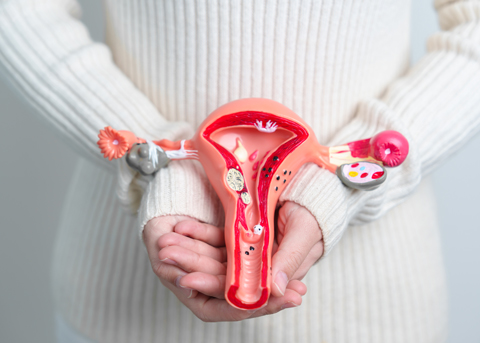Worried about endometriosis? Arrange a consultation with a private gynaecologist in Oxford

Common signs of endometriosis include:
- Painful periods: Severe cramps and pelvic pain that worsen before or during menstruation are frequent.
- Pelvic pain throughout the cycle: Pain may be felt during intercourse, bowel movements, or urination, not just during periods.
- Heavy or irregular periods: Some women experience heavier or more frequent bleeding than usual.
- Infertility: Endometriosis can contribute to difficulties getting pregnant for some women.
- Other symptoms: Less common symptoms include fatigue, bloating, nausea, and diarrhoea, especially during menstruation.
How is endometriosis diagnosed?
Diagnosing endometriosis can be complex as symptoms vary. Some options include:
- Pelvic exam: A physical examination to check for tenderness or abnormalities in the pelvic area.
- Imaging tests: Ultrasound or MRI can help visualise potential endometrial implants.
- Laparoscopy: This minimally invasive surgical procedure allows for direct visualisation and confirmation of endometriosis. Laparoscopy can also be used to treat endometriosis surgically.

Once endometriosis has been diagnosed, our gynaecological consultants offer a range of treatments that are aimed at successfully managing symptoms and ultimately improving your quality of life.
Gynaecology Care Oxford is here for you, every step of the way.
Email Us
